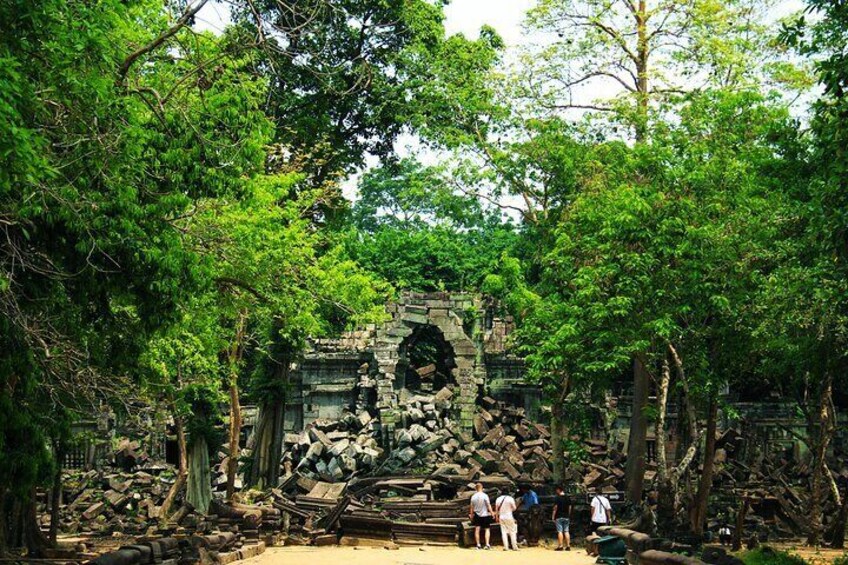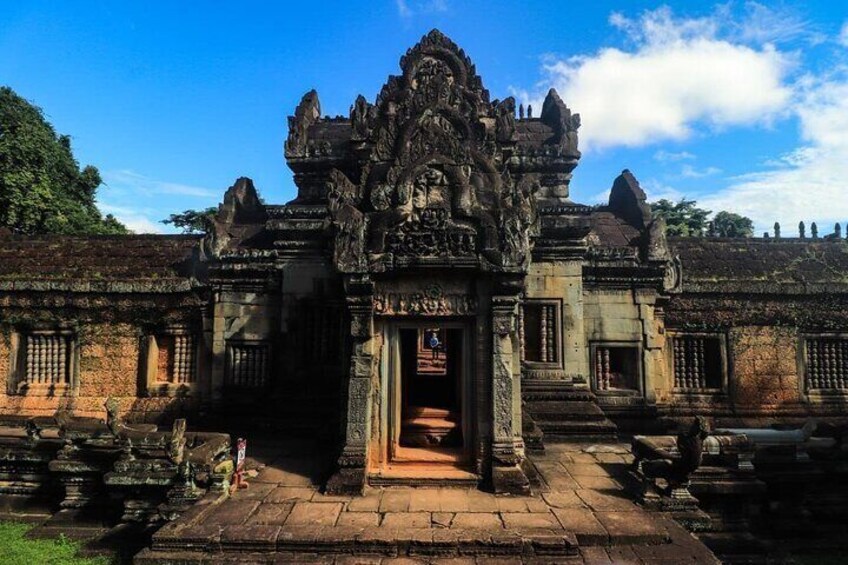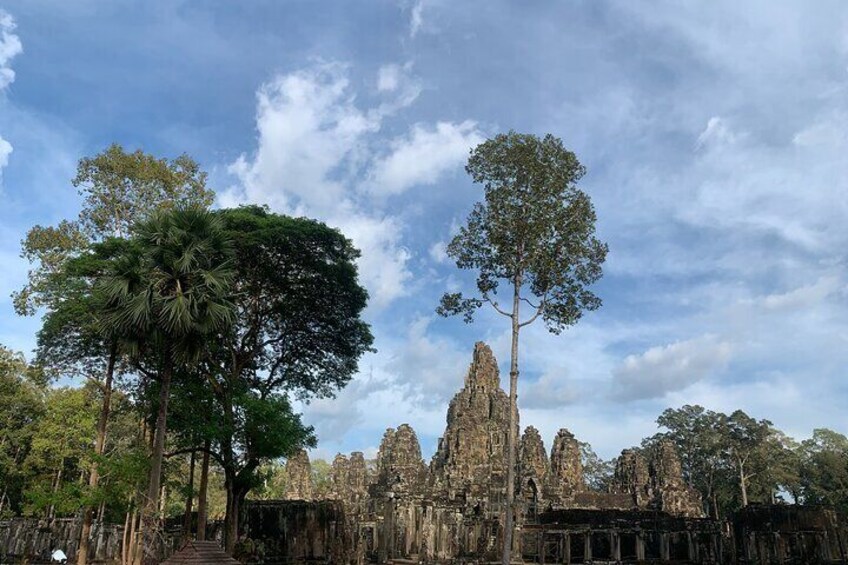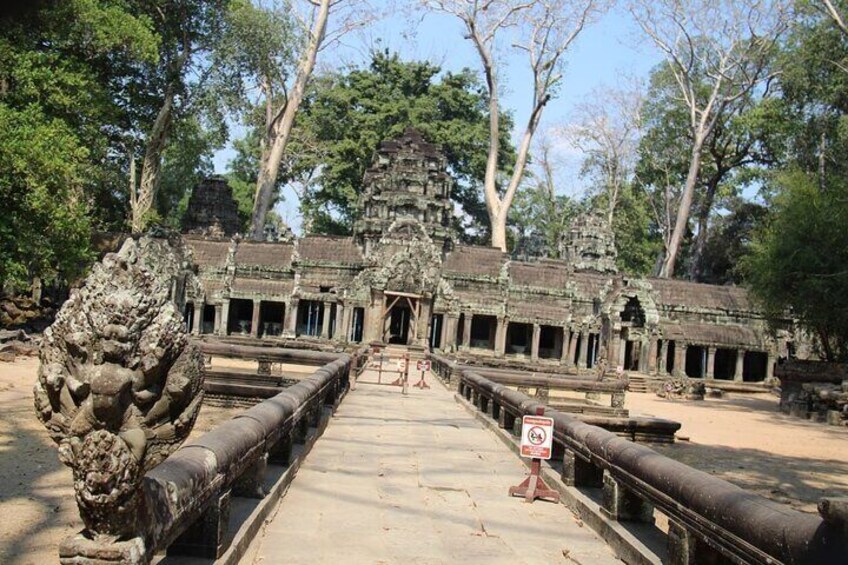Members save 10% or more on over 100,000 hotels worldwide when you’re signed in





Ancient Temple Explorer Exclusive 3-Day Private Tour
Features
- Free cancellation available
- 3d
- Mobile voucher
- Instant confirmation
- Selective hotel pickup
Overview
Experience an unforgettable journey as you explore the largest religious monument in the world. The Ancient Khmer Temple Explorer excursion offers a carefully curated selection of must-visit temples within the Angkor Archaeological Park, a renowned UNESCO World Heritage Site. Enjoy the comfort of travel in an air-conditioned private car, accompanied by a friendly, English-speaking driver, ensuring that your experience is both seamless and memorable.
Gain insight into the lives of the local Khmer villagers and learn about their livelihoods. Witness the breathtaking beauty of the sunrise at Angkor Wat and the stunning sunset from the summit of Bakheng Hill. Throughout your excursion, you will be provided with bottled water and cool hand towels for your refreshments.
Activity location
- Preah Ko
- Siem Reap, Cambodia
Meeting/Redemption Point
- Preah Ko
- Siem Reap, Cambodia
Check availability
Ancient Temple Explorer Exclusive 3-Day Private Tour in English
- 3d
- Opening hours: Sun 4:30-21:30
- English
Pickup included
What's included, what's not
- Private transport
- Pickup and Drop-off at the hotel
- Friendly English Speaking Driver
- Refreshing yourself with Cold Towels
- Recharging your Body with Cold Battled Drinking Water
- Air-conditioned vehicle
- Service charge
- Your Personal Expenditure
- Meal and Admin Fee
Know before you book
- Wheelchair accessible
- Infants and small children can ride in a pram or stroller
- Infants are required to sit on an adult’s lap
- Transport options are wheelchair accessible
- All areas and surfaces are wheelchair accessible
- Not recommended for travellers with poor cardiovascular health
- Suitable for all physical fitness levels
Activity itinerary
Day 1: From Hariharalaya to Angkor Sunset Experience - Private Tour
- 7 stops
- Meals: Not included
- Accommodation: Not included
Preah Ko
- 30m
- Admission ticket not included
Bakong
- 45m
- Admission ticket not included
Lolei
- 30m
- Admission ticket not included
Beng Mealea
- 1h
- Admission ticket not included
Banteay Srei
- 1h
- Admission ticket not included
Banteay Samre
- 1h
- Admission ticket not included
Phnom Bakheng
- 1h
- Admission ticket not included
Day 2: Easy Day in Angkor Archaeological Park - Private Tour
- 5 stops
- Meals: Not included
- Accommodation: Not included
Pre Rup
- 45m
- Admission ticket not included
East Mebon
- 30m
- Admission ticket not included
Ta Som
- 40m
- Admission ticket not included
Neak Pean
- 45m
- Admission ticket not included
Preah Khan
- 1h
- Admission ticket not included
Day 3: Angkor Wat Sunrise Explorer - Private Tour
- 7 stops
- Meals: Not included
- Accommodation: Not included
Angkor Wat
- 3h
- Admission ticket not included
Srah Srang
- 10m
- Admission ticket not included
Banteay Kdei
- 40m
- Admission ticket not included
Ta Prohm Temple
- 1h 30m
- Admission ticket not included
Ta Keo
- 40m
- Admission ticket not included
Thommanon
- 30m
- Admission ticket not included
Bayon Temple
- 1h
- Admission ticket not included
Location
Activity location
- Preah Ko
- Siem Reap, Cambodia
Meeting/Redemption Point
- Preah Ko
- Siem Reap, Cambodia